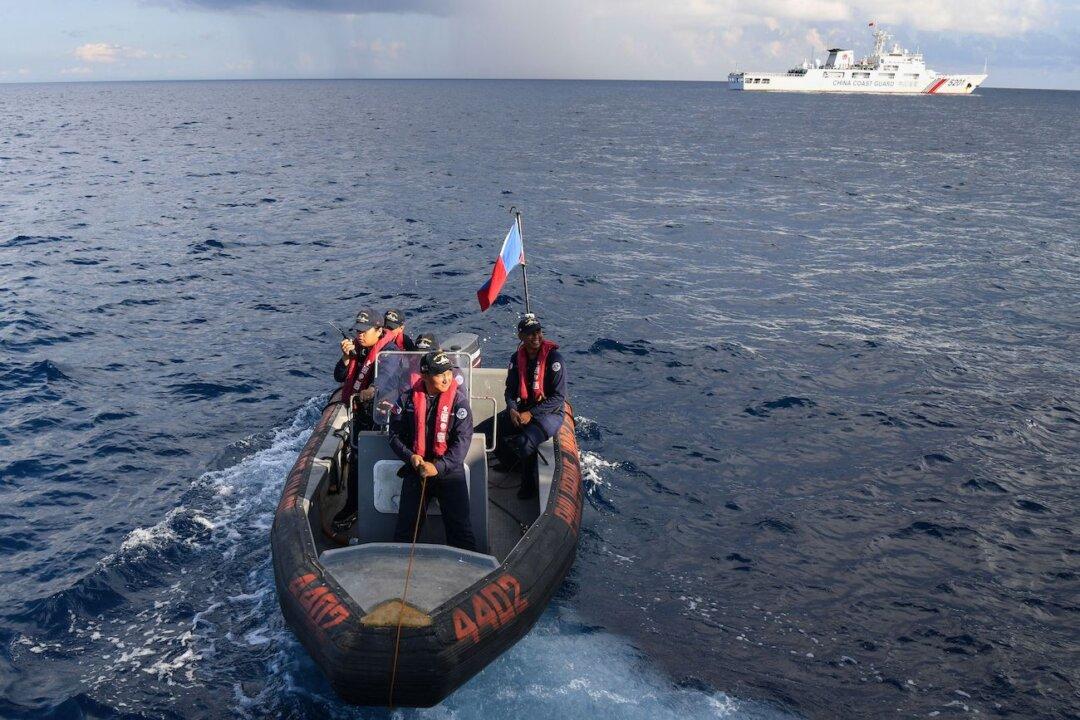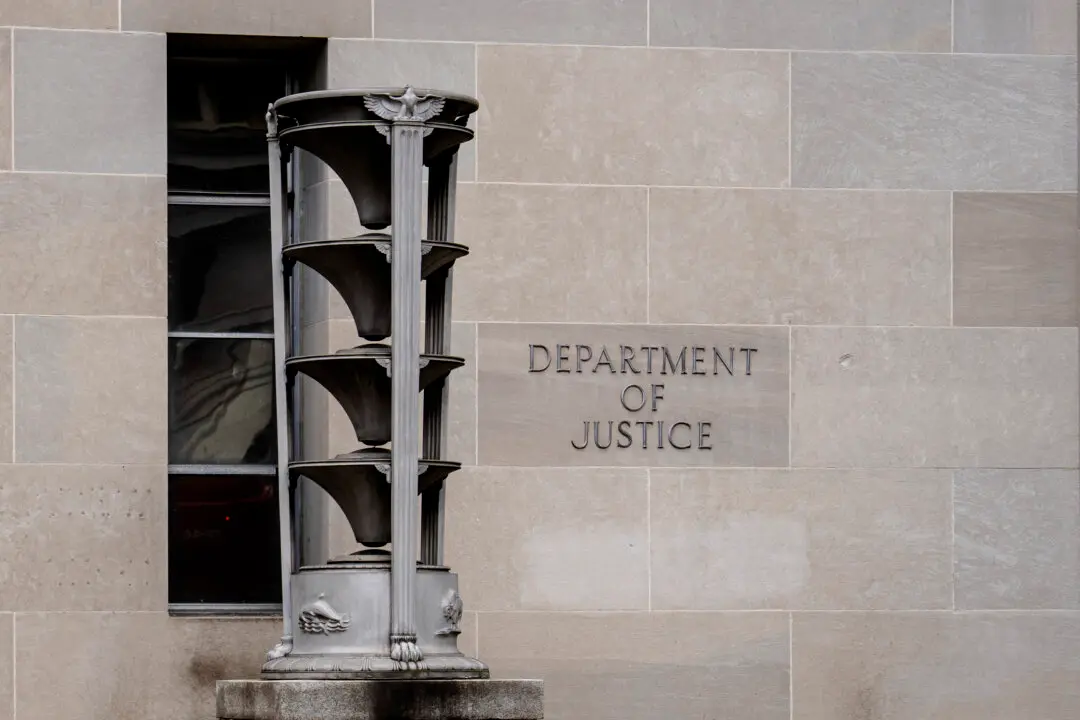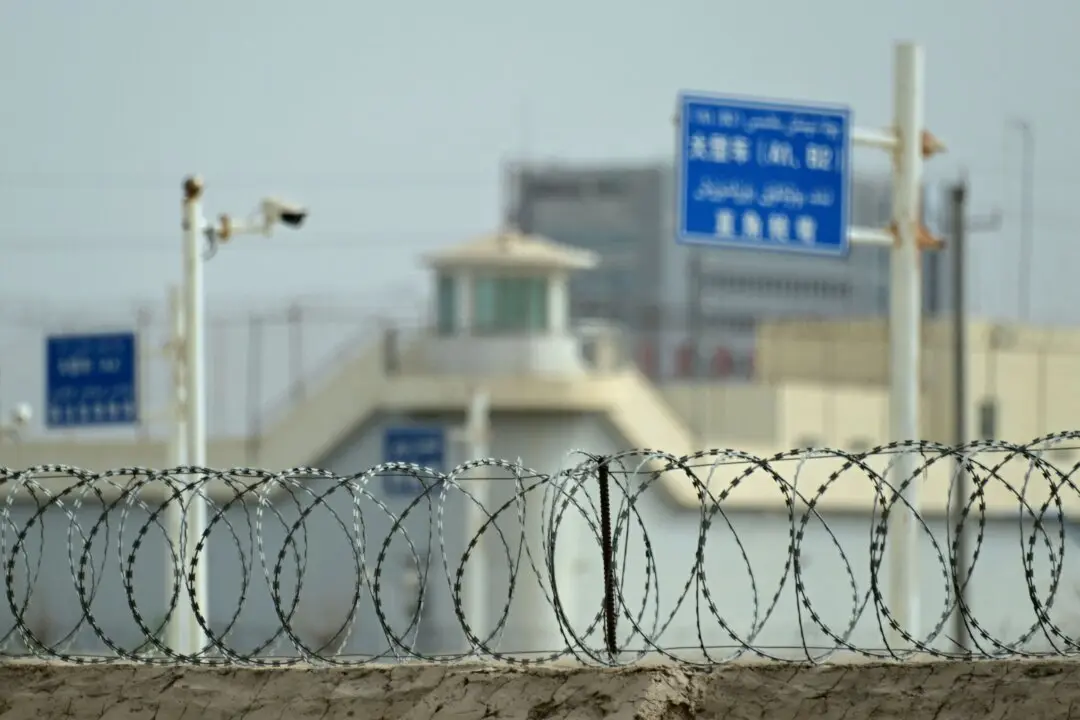The Philippine Coast Guard (PCG) said on Monday that Chinese maritime militia ships were responsible for the “severe damage” on coral reefs within Philippine territorial waters in the South China Sea.
This follows a report by the Philippine military accusing Chinese militia of destroying corals in the seabed of Rozul Reef (also known as Iroquois Reef) and Escoda Shoal, which are within the Philippines’ exclusive economic zone (EEZ).





